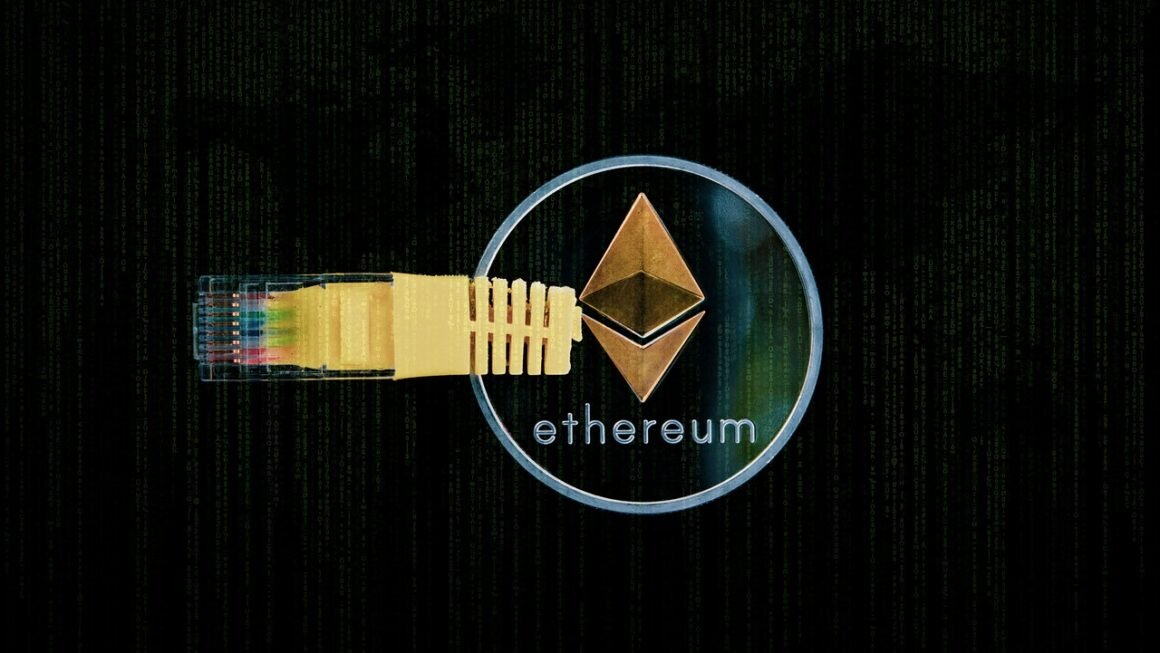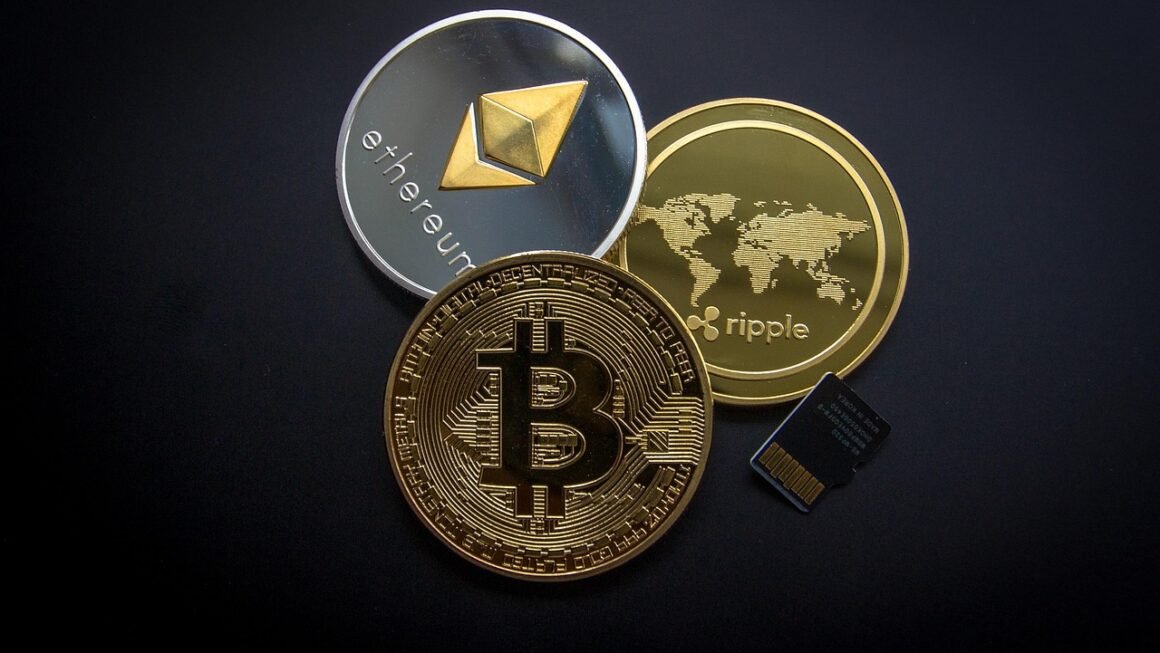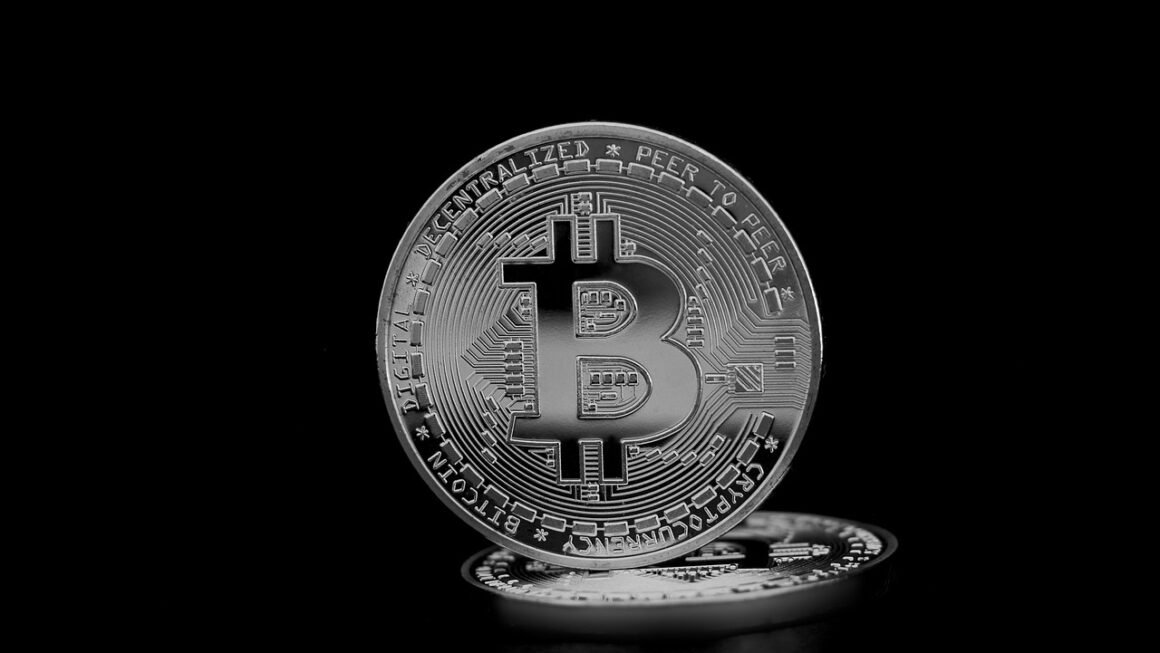Imagine a bonfire where fuel is intentionally consumed, creating scarcity and potentially increasing the value of what remains. This is analogous to a “token burn” in the world of cryptocurrency – a deliberate act of permanently removing tokens from circulation, impacting the token’s supply and potentially its price. Let’s delve deeper into the mechanics, motivations, and implications of this fascinating cryptographic phenomenon.
What is a Token Burn?
Defining a Token Burn
A token burn is the process of permanently removing a specific number of cryptocurrency tokens from circulation. This is achieved by sending those tokens to a “burn address,” a cryptocurrency address that is inaccessible and effectively unusable. This effectively destroys the tokens, taking them out of the total supply.
- Permanent Removal: The crucial aspect is the irreversible nature of the burn. Tokens sent to a burn address are irretrievable.
- Transparency: Token burns are typically publicly announced and verifiable on the blockchain, ensuring transparency and accountability.
- Supply Reduction: The primary goal is to decrease the total supply of the token, potentially influencing its value.
The Role of Burn Addresses
Burn addresses are specifically designed to be inaccessible. They typically have no known private key, making it impossible for anyone to access or spend the tokens sent to them. This guarantees that the tokens are permanently removed from circulation.
- Provably Unusable: The burn address’s lack of a private key can often be publicly verified, strengthening the assurance of permanent token removal.
- Common Formats: Often, burn addresses are simply long strings of zeros or other clearly identifiable patterns, immediately recognizable as unusable.
- Example: A common, though not universally used, burn address format starts with “0x000000000000000000000000000000000000dead”.
Why Perform a Token Burn?
Scarcity and Value
The most common motivation behind a token burn is to increase the scarcity of the token. By reducing the total supply, the remaining tokens become relatively more valuable, assuming demand stays constant or increases. This can be a strategic move to incentivize holding and potentially drive up the price of the token.
- Supply and Demand: Basic economics dictates that decreased supply can lead to increased price, assuming demand remains stable.
- Investor Confidence: A burn can signal confidence from the project team, indicating they believe in the long-term viability and value appreciation of the token.
- Deflationary Pressure: Burns introduce a deflationary mechanism, where the value of each token ideally increases over time due to decreasing supply.
Proof-of-Burn Consensus
In some blockchains, a “Proof-of-Burn” (PoB) consensus mechanism is used as an alternative to Proof-of-Work (PoW) or Proof-of-Stake (PoS). Miners “burn” tokens to gain the right to mine blocks, effectively investing in the network’s security and stability.
- Resource Consumption: PoB consumes less energy than PoW, as it doesn’t rely on constant computational power.
- Long-Term Commitment: Burning tokens represents a long-term commitment to the blockchain, as the burnt tokens are gone forever.
- Example: Slimcoin and Counterparty are examples of cryptocurrencies that have utilized or explored Proof-of-Burn consensus mechanisms.
Stabilizing Token Price
Token burns can also be used to stabilize a token’s price, especially during periods of high volatility or market corrections. Burning excess tokens can help reduce selling pressure and maintain a more stable value.
- Counteracting Inflation: If new tokens are being created through staking or other mechanisms, burns can counteract inflationary effects.
- Maintaining Pegs: In the case of stablecoins, burns can be used to maintain the peg to the underlying asset (e.g., burning tokens to maintain a 1:1 peg with the US dollar).
- Strategic Intervention: Projects can strategically execute burns based on market conditions or specific milestones to influence price action.
Rewarding Token Holders
Some projects implement token burn mechanisms as a way to reward loyal token holders. For example, a percentage of transaction fees might be used to buy back and burn tokens, indirectly increasing the value of the tokens held by others.
- Incentivizing Holding: This mechanism incentivizes long-term holding, as token holders benefit from the reduced supply.
- Community Engagement: It fosters a sense of community and shared interest in the success of the token.
- Passive Income: While not direct income, the potential increase in token value can be seen as a form of passive income for holders.
Examples of Token Burn Implementation
Binance Coin (BNB)
Binance Coin (BNB) is a prime example of a cryptocurrency that regularly utilizes token burns. Binance burns a portion of its BNB holdings every quarter, using a formula based on Binance’s trading volume and BNB price. This consistent burning schedule has contributed to BNB’s value appreciation over time.
- Quarterly Burns: BNB burns are conducted quarterly, providing a predictable and transparent mechanism.
- Volume-Based: The amount of BNB burned is tied to Binance’s trading volume, linking the burn to the platform’s success.
- Notable Reduction: As of November 2023, Binance has burned a significant portion of its initial BNB supply, contributing to its scarcity.
Shiba Inu (SHIB)
Shiba Inu (SHIB), a meme coin that gained significant popularity, has also implemented token burn strategies. The SHIB community often initiates burn events, sending tokens to burn addresses to reduce the circulating supply and potentially increase the value of the remaining tokens.
- Community-Driven: SHIB burns are often driven by the community, fostering a sense of ownership and participation.
- Strategic Partnerships: SHIB developers have explored partnerships and integrations that involve burning SHIB tokens, such as through renaming fees in their ecosystem.
- Large-Scale Burns: While the impact on the overall market cap of SHIB is debatable, individual burn events can involve substantial quantities of tokens.
Ripple (XRP) Escrow
While not a traditional burn, Ripple’s (XRP) use of escrow is a similar mechanism. Ripple locked a significant portion of its XRP supply in escrow accounts, with predetermined release schedules. Although not a burn in the sense of sending to an unspendable address, it restricts the circulating supply, having a similar effect on scarcity.
- Scheduled Releases: The release of XRP from escrow is governed by a predictable schedule.
- Market Stability: This mechanism aims to ensure stability and prevent market flooding with large quantities of XRP.
- Controlled Supply: By controlling the release of XRP, Ripple can influence supply dynamics and potentially stabilize its price.
Potential Risks and Considerations
Manipulation
While burns are usually transparent, there is still potential for manipulation. Projects could falsely announce burns or burn small amounts while misleading investors about the overall impact. Thorough due diligence is always essential.
- Transparency is Key: Verify the burn transaction on the blockchain to ensure it actually occurred.
- Scrutinize the Amount: Consider the amount of tokens burned in relation to the total supply – a small burn might have negligible impact.
- Beware of Hype: Be cautious of projects that heavily promote burns as a guaranteed path to riches; focus on the project’s fundamentals.
Over-reliance
Relying solely on burns to increase a token’s value is not a sustainable strategy. A token’s long-term success depends on its utility, adoption, and the overall strength of the project behind it.
- Focus on Fundamentals: Prioritize projects with strong use cases, active development teams, and growing user bases.
- Utility Matters: A token with no real-world utility is unlikely to sustain value, regardless of burns.
- Long-Term Vision: Assess the project’s long-term vision and its ability to adapt to the evolving cryptocurrency landscape.
Regulatory Scrutiny
Token burns could potentially attract regulatory scrutiny, especially if they are perceived as manipulative or designed to mislead investors. Projects should ensure their burn strategies comply with all applicable laws and regulations.
- Legal Compliance: Consult with legal counsel to ensure compliance with relevant regulations.
- Transparency is Crucial: Maintain transparency and clear communication with investors regarding burn activities.
- Ethical Considerations: Consider the ethical implications of burn strategies and avoid practices that could be perceived as unfair or manipulative.
Conclusion
Token burns are a powerful tool that can influence a cryptocurrency’s supply, price, and overall market perception. While burns can be effective in creating scarcity and incentivizing holding, they are not a magic bullet. Successful implementation requires transparency, strategic planning, and a focus on the long-term fundamentals of the project. Understanding the mechanics, motivations, and potential risks associated with token burns is crucial for any investor navigating the complex world of cryptocurrency. Always conduct thorough research and exercise caution before investing in any token, regardless of its burn strategy.



